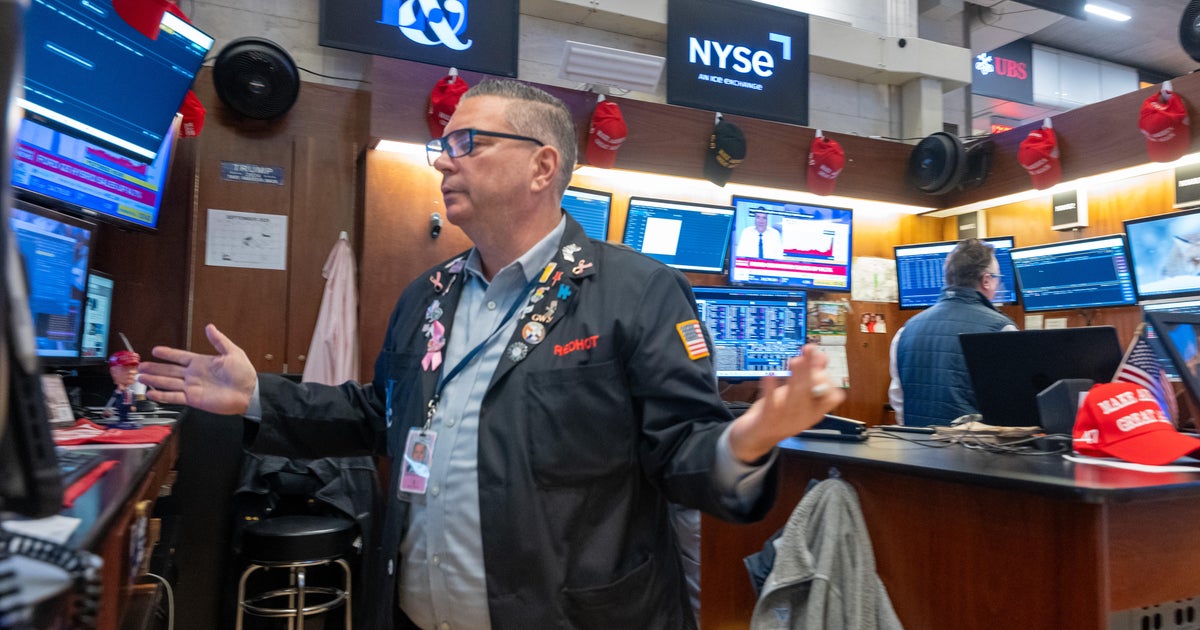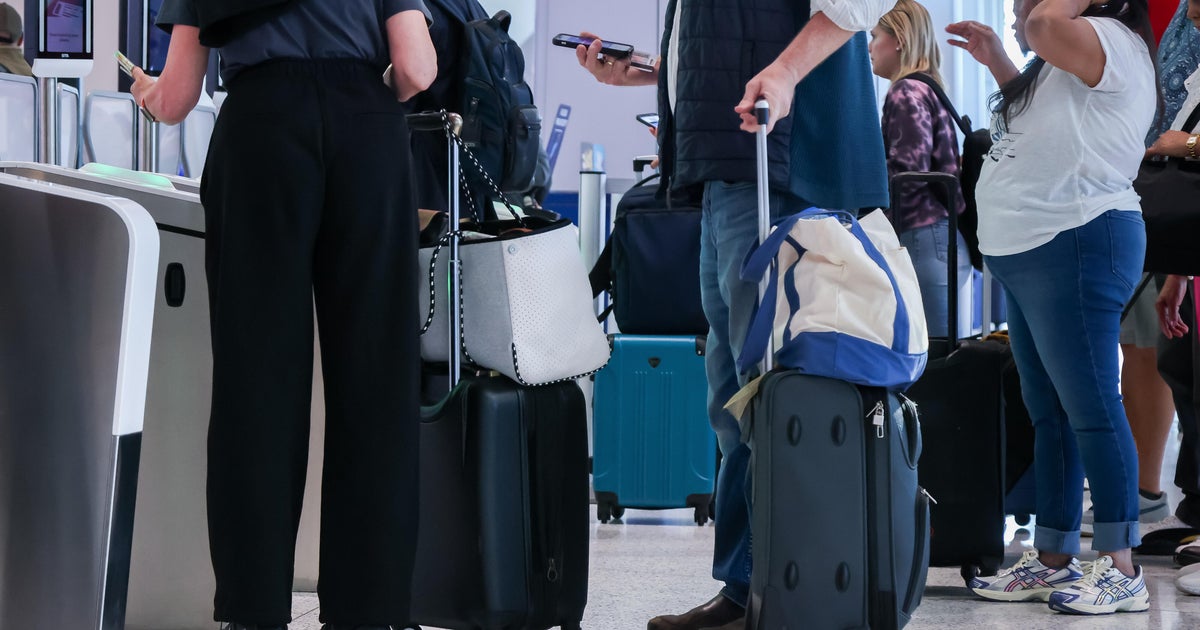September 16, 2025 — 5:00am
After the first hippo charge, which apparently wasn’t even a hippo charge at all, I realise that Sebastian Sakala and I have a fundamental, if yet unspoken, disagreement about the definition of “life-threatening”.
Ten minutes into the three-hour canoe safari, a front-rower-like beast trots through the bush, dilly-dallies on the two-metre riverbank, slides awkwardly into the water behind me, and rears up like a gym-jacked demon on a jet ski. Instincts trigger: can I use Sebastian as a human shield or a decoy snack? The hippo swims upstream. The thought perishes quickly.

“It really wanted to come into the water,” says Sebastian, head guide at fly-in Chula Island Camp in Zambia’s Lower Zambezi National Park. “Then it realised something [us] was in the way so it changed direction – just to get away.”
We entered the Discovery Channel – a Zambezi River offshoot – at a shallow crossing near the bush-luxe tented camp. Yesterday, right there, I witnessed a Nile crocodile (unsuccessfully) try to pilfer a waterbuck carcass from a pack of African wild dogs. My pre-canoe-safari trust levels were, therefore, as shallow as the channel itself.
The apparent non-charger is the first in a riverine stampede of chubby hippopotamuses, also known as river horses (the Latin translation). Pink noses, wiggling ears and quizzical eyes surface around every bend in the six-kilometre channel. One particularly nosey bull hippo paddles towards us, unleashing guttural snorts that seem born deep in his chest.
“He’s just communicating because we’re in his territory, saying: ‘I’m here, I own this place’,” says Sebastian. No argument here. They chat, less aggressively, with each other under water, using operatic squeaks and cryptic creaks, submerged for up to five minutes.

We paddle slowly, softly and calmly, navigating through the shallowest sections. The predictable pace and placement are absolutely strategic. “We’re showing them that we’re just cruising through their territory, not staying. We are safe if they are in the deep because they feel safe there. In the shallows, the chances are rare for a rush-up attack. We need to give them enough space to manoeuvre.”
A cute months-old croc on a rock reminds me of the channel’s Danger B: Nile crocodiles, only slightly smaller than an Australian salty. Sebastian clearly broadcast the reptilian safety rules in our pre-brief: “the only thing that should go into the water is the paddle so we don’t instigate, bait, attract or habituate the animal. [Crocodiles] should see the canoe as just passing [and not a food source]. If we constantly dangle things in the water, then one day your arm or leg trails behind, well…”
The Lower Zambezi National Park is gripped by a prolonged dry spell so inevitably most animals head to the river for a drink or to feast on said drinkers. Without the mass and engine noise of a safari truck, the stealthy canoe, sitting 20 centimetres off the water, is less likely to spook the park’s dense and varied menagerie.
We quietly drift past kudu, a species of antelope. A dirt-showering elephant family pays us no heed. Baboon family dramas boil over despite our voyeuristic eyes. I feel like I need a second safari specifically to focus on the frenetic birdlife; the proud, warrior-like Goliath heron, biggest of its species, the cunningly hovering pied kingfisher, almost teasing its soon-to-be-munched fish meal. Lions and leopards patrol the shore, says Sebastian, but we only see them from the vehicle later.

For all the majestic fauna, people (like me) obsess about the statistically infinitesimal chances of dying in the jaws of one of the Big Five. What’s the most dangerous animal in Zambia? Hippos, lions, water buffalos and elephants exceptionally rarely claim a life with locals justifiably as wary about mosquitos and snakes. Yet if you make the right safari selection, this is a moot point.
The most dangerous animal you will face is the one right in front of you. An experienced licensed guide like Sebastian should know enough to nix that risk. He’s guided driving, walking, boating and fishing safaris since the turn of the century. And Zambia’s (three-year) accreditation system is one of Africa’s most respected, equivalent to a tertiary qualification.
Limbs unbloodied, we retire for sundowners in Chula Island Camp’s chilled open-air lounge. Sebastian shares his closest call. The time he had to “bail out to dodge the jaws of a hippo trying to bite the canoe” early in his career. He stood his ground, holding to the boat while his guest, a professional photographer, stood back snapping photos of the action.
This is one reason why I trust Sebastian, but also why our definitions of “life-threatening” can never align.

THE DETAILS
STAY
Sydney-based Classic Safari Company tailors itineraries to Chula Island Camp and other Classic Zambia properties. It costs from $US710 ($1090) a person a night, including meals, safaris and park fees. Flights extra. See classicsafaricompany.com.au
FLY
Qantas (qantas.com.au) flies from Sydney to Johannesburg non-stop with connections to Lusaka with Airlink (flyairlink.com).
VISIT
High season is dry season – April to November.
Consult your doctor about malaria prevention. See traveldoctor.com.au
The writer was a guest of The Classic Safari Company.
Sign up for the Traveller Deals newsletter
Get exclusive travel deals delivered straight to your inbox. Sign up now.



















































